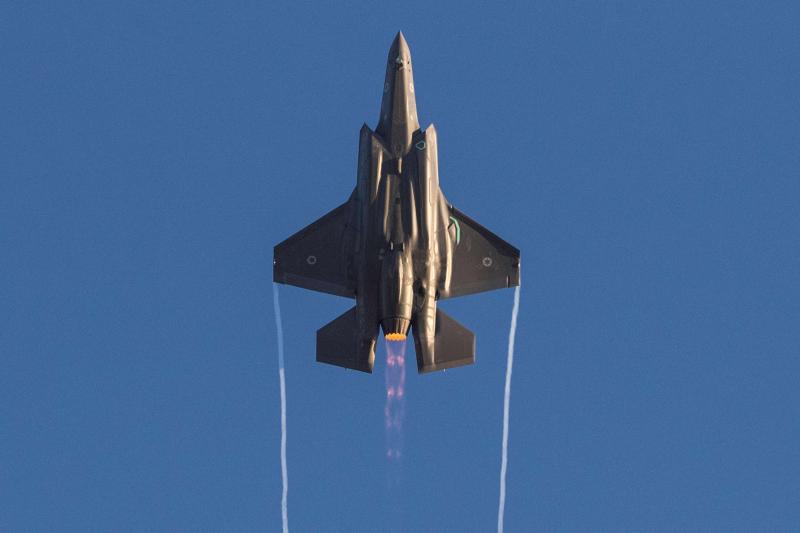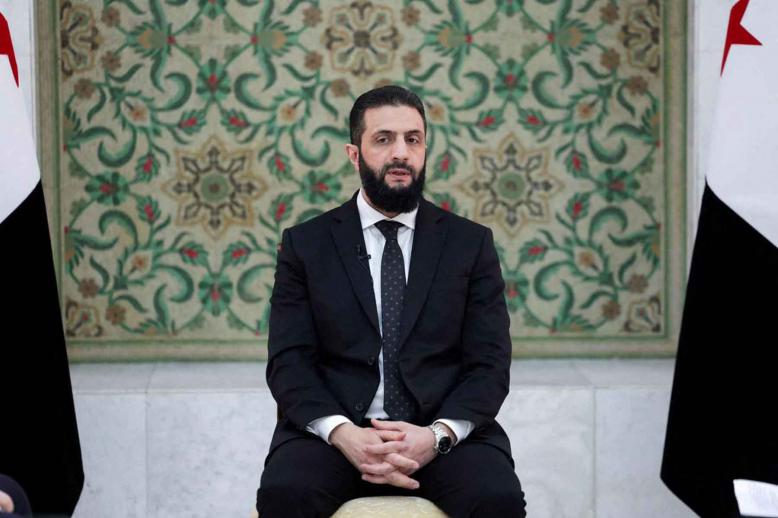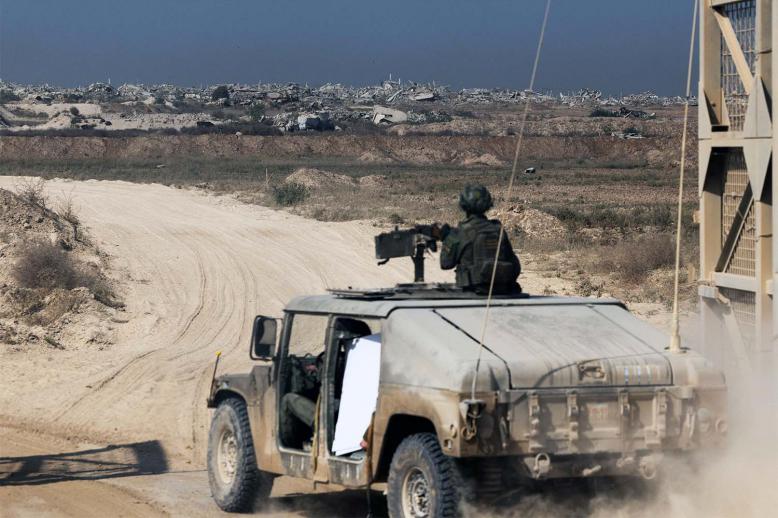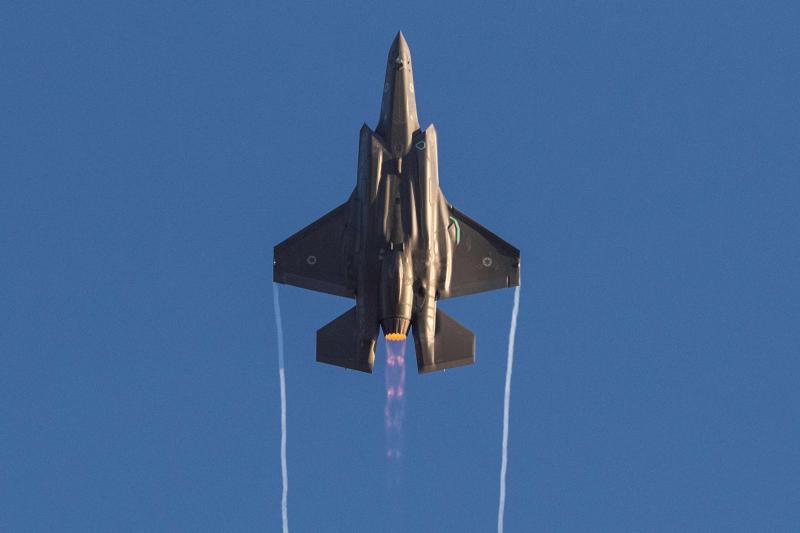Israel’s F-35 changes regional air game
Israel Air Force (IAF) Major-General Amikam Norkin declared his force was “flying the F-35 all over the Middle East and have already attacked twice on two different fronts.” While Norkin did not specify missions in which the F-35s were used in, speculation is they were deployed during recent air strikes in Syria.
Israel’s official disclosure indicates it is the first country to employ the F-35 in a combat scenario.
A fifth-generation, stealth multirole fighter, the F-35 will be the backbone of the West’s air power for four decades. With cutting-edge electronics, information processing capacity and a digitised smart user interface, the F-35 enables an entirely novel approach to war from the air.
It’s not entirely clear when the jets were first used but it’s worth noting that Le Figaro writer Georges Malbrunot cited French intelligence sources claiming Israeli F-35s had participated in raids on Damascus in January.
Known as the Adir (Hebrew for “mighty”) in Israel, the version of the F-35 acquired by the IAF has a unique configuration, swapping out some US technologies for Israeli ones. Israel will become the first country to have an operational squadron of F-35 aircraft after the United States, ahead of the nine other nations that have placed orders for the Lockheed-Martin-built aircraft.
The F-35 represents the most expensive and complex international military programme ever seen. A hefty price tag of almost $100 million per aircraft has made the F-35 a controversial aircraft. The IAF’s use of the F-35 gives it a crucial head-start and potentially game-changing capability in the region.
Israel has carried out hundreds of air strikes in Syria since the start of the civil war in 2011, as it has elsewhere over the years — notably in Sudan and Iraq, targeting nuclear sites. The IAF led the operations with not only qualified success but an aura of impunity. Its pilots using among the most advanced F-15 and F-16 fighters demonstrated textbook air superiority.
Hezbollah, however, has acquired more advanced capabilities, including — possibly — highly capable Russia-made surface-to-air missiles.
In February an Israeli F-16 was downed by Syrian air defences, the first combat loss for the IAF since 1982. Whether that loss was caused by pilot error, as reported by the IAF, or it represented the erosion of Israel’s air superiority — unquestionable in recent decades — is a debate the F-35 in Israel effectively puts to rest.
The F-35 brings the IAF an immediate psychological effect, potentially rendering its aircraft invisible to adversaries. Israelis say the F-35’s stealth characteristics can be overcome by adversaries in the next decade. Until then, the F-35 is an asset that Israel will want to utilise to its full potential, in particular in its intensifying competition with Iran.
Kuwaiti newspaper Al-Jarida reported in March that Israel flew F-35s at high altitudes over Syria and Iraq undetected into Iranian airspace on a reconnaissance mission over Bandar Abbas, Isfahan and Shiraz. While experts dismissed the likelihood of Israel conducting such high-risk missions at the moment, it is a plausible scenario for the future. After all, Israel has performed many audacious espionage and sabotage operations in Iran.
The IAF’s introduction of the F-35 just as tensions with Iran appear to be coming to a head stands to have a considerable effect on developments across the region. Yet, the IAF’s greatest focus will be on training, testing operational concepts and integrating F-35s into its existing force, which involves working out how best to operate them with F-15s, F-16s and other aircraft.
Other than that, Israel’s nemesis Iran, and its allies (including Russia here), will be observing in detail to understand how the F-35 works, estimating its effect on the regional balance of power and how to compensate for this emerging technical overmatch.
This article was originally published in The Arab Weekly.







